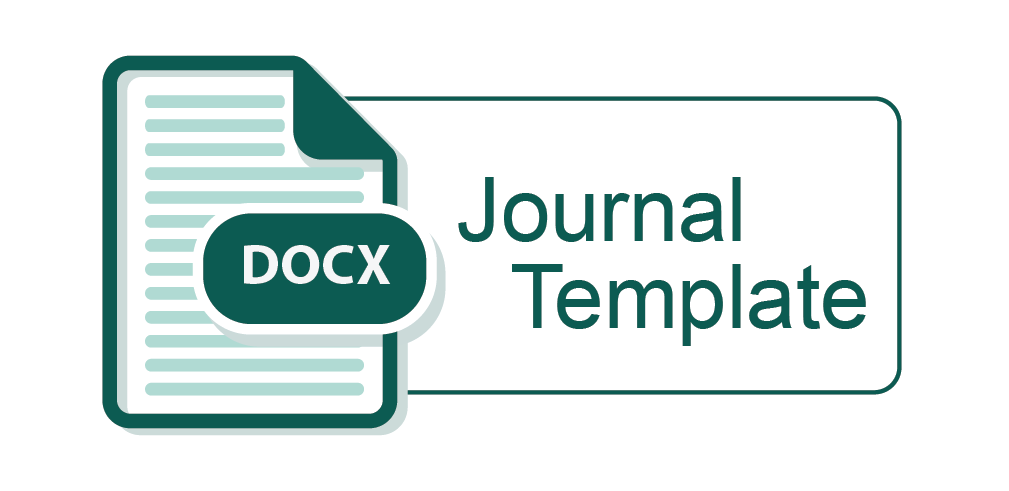Genetic Diversity and Inbreeding in a Captive Population the North Persian Leopard (Panthera pardus saxicolor L.)
DOI:
https://doi.org/10.32945/atr3417.2012Keywords:
total inbreeding, fitness traits, purging in captive populations North Persian leopardsAbstract
Information on the degree of inbreeding is very important in the effective management of captive populations of animals in zoos. For the North Persian leopard (Panthera pardus saxicolor), in particular, no report on this aspect is available. This study evaluated the effect of inbreeding on fitness traits and the possible occurrence of purging in a captive population of the leopard based on pedigree records of the Autralasian Regional Association of Zoological Parks and Aquaria covering the period 1955-2008. The significance of individual, sire or dam inbreeding on individual and litter fitness traits and litter size was analyzed using linear mixed models. Results showed that individual inbreeding significantly decreased survival at days 30 and 90 (weaning age) after birth, while litter inbreeding significantly decreased litter survival at days 7, 30 and 90. There was also corresponding decrease in litter size when the dam was inbred. Purging of genetic load is possible with increased survival of the individual and litter when the dam was inbred. However, enhanced zoo management has to be considered with increased survival of individuals. Considering the unpredictable response of traits to inbreeding, designing breeding programs for captive populations should be geared toward maximizing genetic diversity and minimizing the rate of inbreeding.
Downloads
Submitted
Published
How to Cite
Issue
Section
License

This work is licensed under a Creative Commons Attribution-NonCommercial-ShareAlike 4.0 International License.











